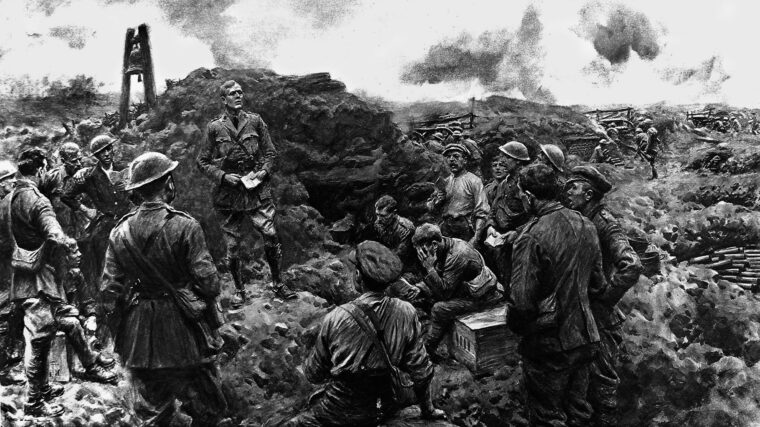
European Theater
Brian G. Horrocks: Bernard Montgomery’s Frontline General
By Michael D. HullA big challenge faced Maj. Gen. Brian G. Horrocks, an infantryman, when he was cross-posted to take command of the British Army’s 9th Armored Division in March 1942. Read more






















